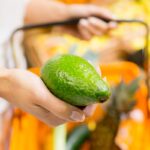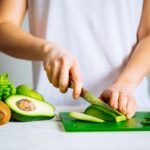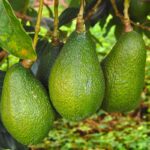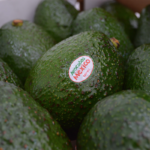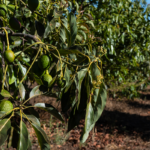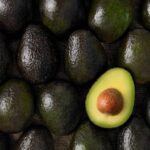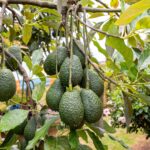Peru: Sierra farmers to take far greater share of avocado exports

Hass avocado growers in Peru's Sierra region are expecting to almost triple their share of the country's exports in the coming years, as they look to take advantage of a good marketing window in Europe with higher volumes. 
Peru is divided into three broad geographical regions - the coast, the sierra, and the jungle. The majority of avocado production is currently based in the coastal areas.
A representative of government entity Sierra y Selva Exportadora told Fresh Fruit Portal the sierra region had "great potential" for Hass orchards.
"[The region] has 3,000 hectares at the moment, but is projected to have 17,000 hectares in the new few years," National Hass Avocado program head Vicente Zegarra said.
Along with the sierra region producing Hass avocado earlier than in coastal areas, Zegarra believes the flesh also has an improved texture.
"We have seen differences in its consistency, in fact we have discussed this with our colleagues in Chile. Hass avocados from the sierra is much creamier and with a slightly less grainy skin than on the coast," he said.
Zegarra said avocado orchards sierra region are undergoing a major varietal conversion from Fuerte to Hass, with the current 3,000 hectares including trees planted within the last three to five years which are not yet in full production.
"Last year we added 1,500 hectares in the sierra and this year we estimate another 1,000 hectares will be planted, all thanks to the development of the nurseries there are in the area which allow us to generate more material to propagate," he said.
The results of these new orchards should be seen in another two or three years, he said.
This season has so far been going very well for sierra Hass exporters, according to Zegarra, as the market was reported to be undersupplied recently.
"Mexico already finished its peak volumes from [the state of] Jalisco, Spain is ending its campaign, Chile has practically finished its season and South Africa doesn't have large volumes until the end of April, and so from January until April 15, the marketing window that we have with our greater volume is very good," he said.
"We were fetching a field price (to the grower) of 4 soles (US$1.23) per kilogram in the first part of the season and now we are fetching 5.5 soles (US$1.69) per kilogram."
The sierra region exported around 24,000 metric tons (MT) of Hass last year, and this is expected to grow to 30,000MT in 2018 as orchards recover from heavy rains during the present campaign.
"Today we represent 12% of total avocado exports from Peru, but we hope that within five years this zone - led by small-holder farmers - will achieve a 30% share," he said.
While last year water storage levels in the sierra region were worrying low, heavy rainfall since the turn of the year related to the El Niño weather phenomenon has caused problems for the industry.
"We weren't expecting the magnitude of this phenomenon and it has interfered with shipments, since the roads are completely blocked or destroyed, and therefore many growers have been unable to harvest," he said.
Zegarra explained volumes from the Sierra could be around 30% lower year-on-year, but he expected the situation to return to normal in early April.
Photo: www.shutterstock.com

















